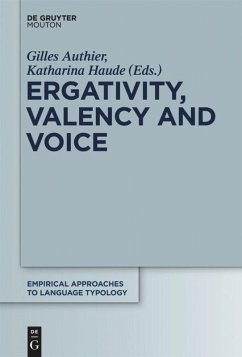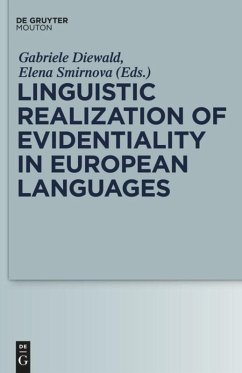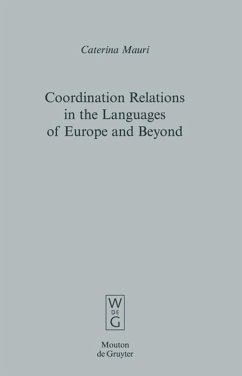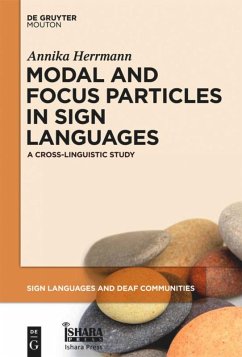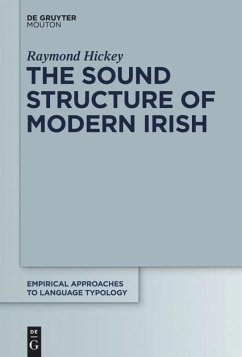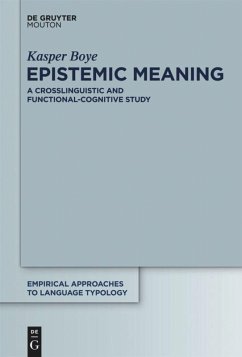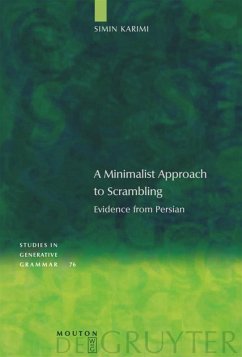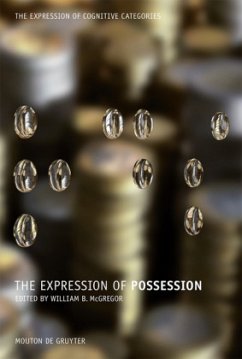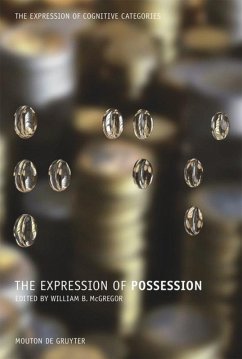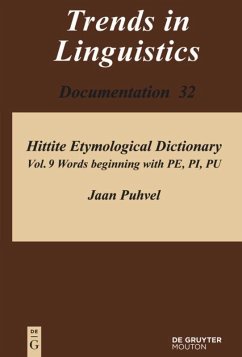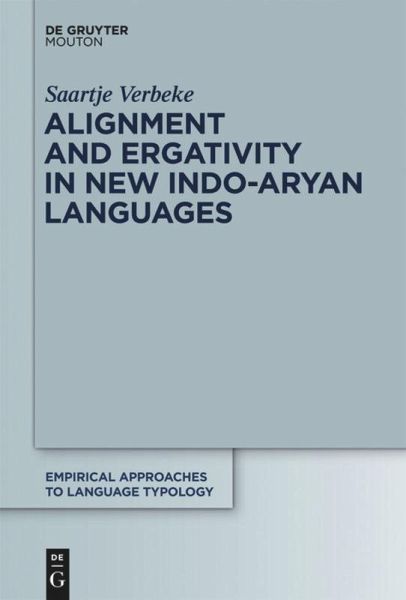
Alignment and Ergativity in New Indo-Aryan Languages

PAYBACK Punkte
0 °P sammeln!
The volume investigates the different alignment patterns in Indo-Aryan and shows that the variation of alignment patterns in Indo-Aryan goes beyond the opposition between accusativity and ergativity. The book includes a thorough discussion of the concepts and terminology relating to alignment patterns.The study draws extensively on new language data from Indo-Aryan. It includes discussions of examples taken from Hindi, Sanskrit, Apabhramsa, Asamiya, Bangla, Oriya, the Bihari languages, Nepali, Kashmiri, Sindhi, Siraiki, Poguli, Gujarati, Punjabi, Marwari, Harauti, the Hindi varieties, and Shin...
The volume investigates the different alignment patterns in Indo-Aryan and shows that the variation of alignment patterns in Indo-Aryan goes beyond the opposition between accusativity and ergativity. The book includes a thorough discussion of the concepts and terminology relating to alignment patterns.
The study draws extensively on new language data from Indo-Aryan. It includes discussions of examples taken from Hindi, Sanskrit, Apabhramsa, Asamiya, Bangla, Oriya, the Bihari languages, Nepali, Kashmiri, Sindhi, Siraiki, Poguli, Gujarati, Punjabi, Marwari, Harauti, the Hindi varieties, and Shina. The volume offers a comprehensive overview of various alignment patterns in Indo-Aryan based on a wide range of data. By focusing on lesser known Indo-Aryan languages, the study questions the central position of Hindi-Urdu in the research on ergativity. Each language is treated in its own right, with a focus on language-specific data and analyses, rather than relying on a notional format that starts with pre-established linguistic concepts. In accordance with this methodology, much attention is paid to "indirect" connections between ergative constructions and other syntactic and semantic patterns in the various languages.
The study draws extensively on new language data from Indo-Aryan. It includes discussions of examples taken from Hindi, Sanskrit, Apabhramsa, Asamiya, Bangla, Oriya, the Bihari languages, Nepali, Kashmiri, Sindhi, Siraiki, Poguli, Gujarati, Punjabi, Marwari, Harauti, the Hindi varieties, and Shina. The volume offers a comprehensive overview of various alignment patterns in Indo-Aryan based on a wide range of data. By focusing on lesser known Indo-Aryan languages, the study questions the central position of Hindi-Urdu in the research on ergativity. Each language is treated in its own right, with a focus on language-specific data and analyses, rather than relying on a notional format that starts with pre-established linguistic concepts. In accordance with this methodology, much attention is paid to "indirect" connections between ergative constructions and other syntactic and semantic patterns in the various languages.





